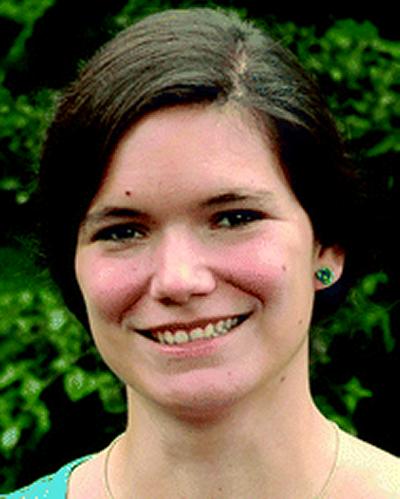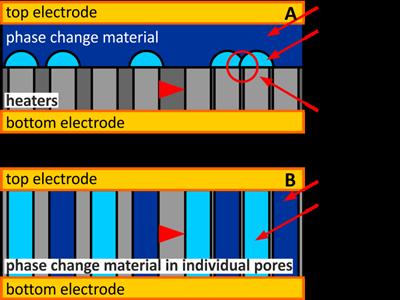Title:
Electrodeposition of Alloys for Phase Change Random Access Memory Applications

Abstract:
Phase change random access memory (PCRAM) devices are a strong contestant in the on-going search for faster, more stable and more compact digital data storage and are a potential competitor to the currently popular FLASH drives. 1,2 Conventionally PCRAM devices consist of a thin film of phase change material (commonly SbxTey or ternary SbxTeyDopantz alloys with dopants, such as Ge or Ag) addressed by an underlying array of individual electrodes. The electrodes also act as heaters for the write/rewrite process by inducing the phase change between the amorphous and crystalline phase. In order to drive forward the miniaturization of PCRAM devices, a distinct separation between individual memory cells must be introduced to avoid corruption of neighbouring cells during the write/rewrite processes. This separation can be achieved through preparation of the phase change materials as pillar structures within an insulating template. A schematic of these two device structures is presented in Figure 1. However, in order to prepare alloyed materials within such nanoporous device structures requires the use of experimental different from the classical CVD approach.
The electrochemical preparation of phase change materials from an organic electrolyte system will be presented in this talk. Emphasis will be placed on the preparation of the materials as thin, well-structured, films or within micropatterned substrates as a first step towards device miniaturisation. The control over the stoichiometry of the prepared alloy materials and their phase change behaviour will also be discussed.
1. D. Loke, T. H. Lee, W. J. Wang, L. P. Shi, R. Zhao, Y. C. Yeo, T. C. Chong and S. R. Elliott, Science 336 (2012) 1566.
2. S. Raoux, Annu. Rev. Mater. Res. 39 (2009) 25.

Biography:
Gabriela Kissling studied chemistry at the University of Bern in Switzerland. She moved to the University of Bristol where she obtained her PhD with Dr. David Fermín in 2011. She currently works as a Post Doc at the University of Southampton with Prof. Phil Bartlett on the electrodeposition of binary and ternary alloys within micro and nanostructured substrates for phase change memory applications.